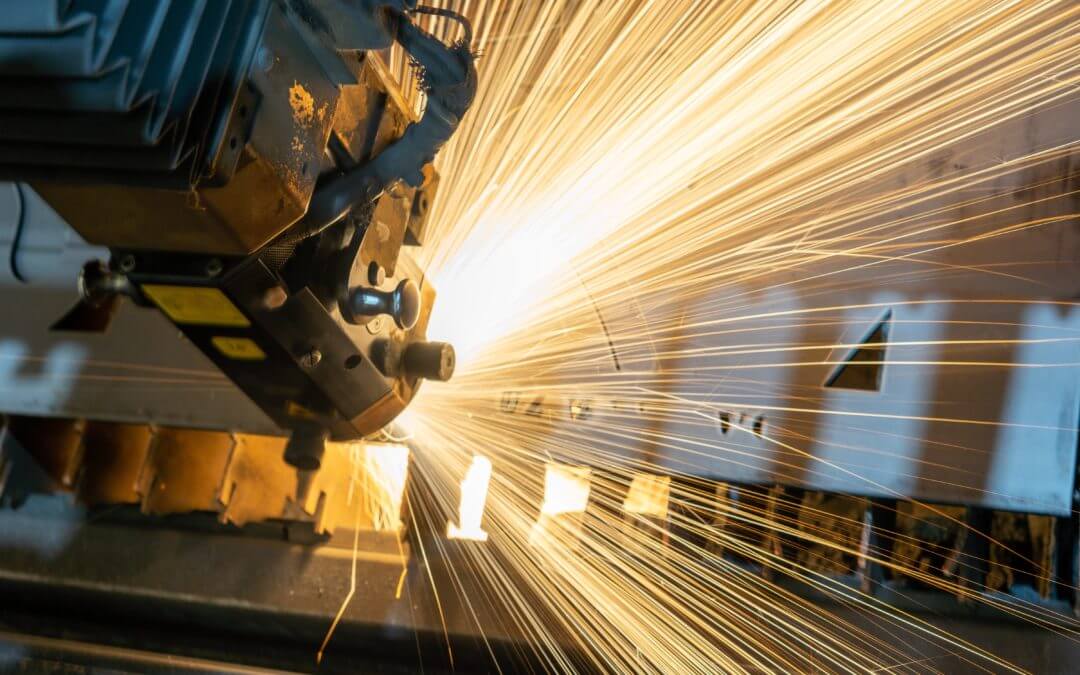Is Manufacturing’s Talent Gap Finally Shrinking? (Courtesy of Forbes) — For several years, there has been a stat bouncing around manufacturing circles that’s often used to illuminate our pressing talent shortage. This 2021 study from Deloitte and The Manufacturing Institute predicts that by 2030, the industry will be short 2.1 million jobs.
Earlier this year, the researchers updated this figure to 1.9 million jobs by 2033. It’s a small adjustment, to be sure, but an adjustment in the right direction, nonetheless. This is actually the second downward adjustment following years of increases. When the study was published in 2018, Deloitte was predicting 2.4 million unfilled jobs by 2028.
Dare I say we may be making some sustained progress? Of course, 1.9 million is still a massive number, but we’ve made a dent and for that manufacturers should congratulate themselves. The study does not offer concrete answers about the underlying drivers of the gap’s decline, but we can glean a few clues from more localized data and anecdotal evidence. Let’s dive in.
Three Keys To Talent Gap Progress
Bringing more workers to manufacturing takes a wide range of investments and approaches. Here are three I believe are making an impact—and can continue to push progress as more manufacturers buy in.
1. We’re investing more heavily in the next generation. The population dynamics—10,000 Baby Boomers reach retirement age every day, and there are a lot of them in manufacturing—simply necessitate massive outreach to spur young people toward the industry. Partnerships are a key piece of that pie, so it’s encouraging to see that nine out of 10 manufacturers say they’ve formed at least one partnership to improve job attraction and retention, according to Deloitte’s study. On average, they’re partnering with four or more outside organizations.
Manufacturers must become active participants in educating people at various points of their employment journey, whether they’re still in school or actively on the search for something new. The data shows manufacturers are doing so by partnering with technical colleges (73%), industry associations (58%), universities (48%), state and regional economic development agencies (47%), and K-12 schools (44%).
We’ve seen the progress on a local level, as well. In 2023, 65% more manufacturers in Northeast Ohio were increasing their formal apprenticeship or on-the-job training programs. Companies in the region are also doing a better job creating diversity—more than 2,000 people of color have entered manufacturing over the last two years.
2. Manufacturers are raising salaries and focusing on culture. As of earlier this year, 65% of manufacturers say attracting and retaining talent is their primary business challenge. The reasons for that are complex, but the solution can be simple: pay better.
Again, local data points to some improvement. Pay for entry level, low-skill manufacturing jobs in Northeast Ohio was up 16% over two years, while pay for entry level mid-skill roles increased 21%. Manufacturing is competing with major corporations like the Amazons and Targets of the world, so these sorts of wage increases are crucial to grow the employee base.
Of course, we also must keep them around, which is where culture comes in. There has been a serious focus on improving workplace culture by manufacturers in Northeast Ohio, where 70% more manufacturing companies showed up on the region’s best places to work list than in 2021.
3. Manufacturers are adopting advanced technology. New construction is soaring. Investments to build or expand facilities were up 37% year over year in January 2024, reaching a record $225 billion, Deloitte says. That’s exciting in and of itself, but it’s even better when you think about the new technologies with which these facilities are often equipped.
Full stop: Technology is the industry’s path to continued prosperity in an ultra-competitive global environment. When it comes to talent, tech serves a dual purpose. First, creating more advanced manufacturing jobs helps the industry rid itself of an old and unhelpful reputation as dingy and repetitive. It makes the industry more appealing to the smartest and most talented new recruits.
Second, we get more out of our employment dollars, as human workers can accomplish more alongside advanced technology. Tech adoption in Northeast Ohio is up 80% since 2019, according to data from MAGNET, the manufacturing consultancy I lead.
The Talent Gap: Reframing The Problem
After all this optimism, a dose of reality. For manufacturers, the talent gap is not going away any time soon. Hiring great people will continue to be top or near the top of every company’s priority list, and it will never be easy. So, let’s briefly pat ourselves on the back for getting things moving in the right direction—and then get back to work.
Just like other constant priorities such as quality and productivity, manufacturers will need to continually manage their approach to recruiting and retaining employees. It is not machines that make manufacturers great, after all: It’s people. Tend to them just as you would your most valuable machinery, and maybe one day, eventually, manufacturing won’t have a talent gap at all.

